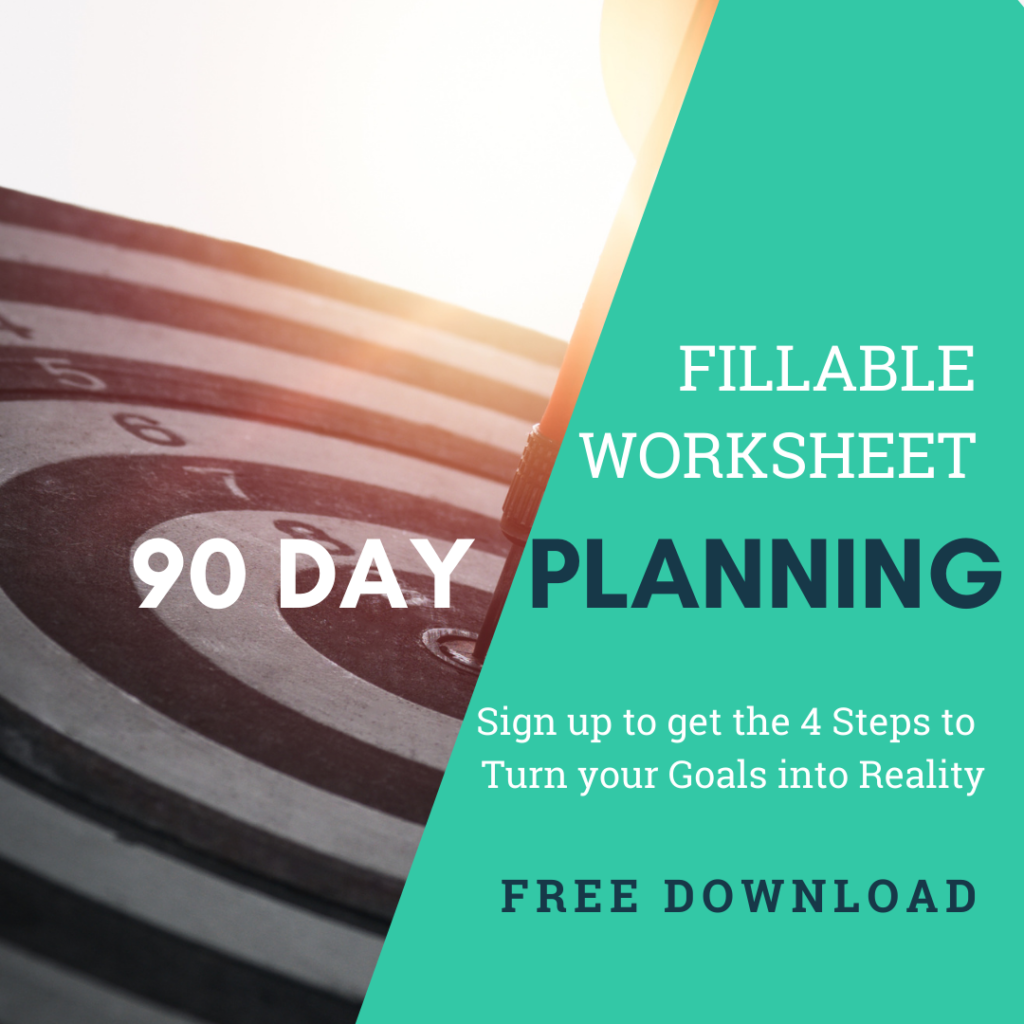Financial Fitness February
Today we jump into February, and I want to dedicate February to financial fitness, and so … love that, right? Three F’s for those alliteration fans out there. So February is all about financial fitness. I talk a lot about business finances on my platform. But wanted to dig in a little bit on personal finance. It’s February, so people are getting ready to file taxes. Everyone’s hoping for a refund, and so I thought, “Wow, what a great time to talk to you guys about budgeting and preparing for new money,” or extra money, right? Because of course, a refund is just a money that you overpaid and now is getting returned to you.
Old School Budget Techniques
So let’s talk a little bit about budgeting. Budgeting does not have to scary or complicated. And you don’t have to be particularly even good at math to get it done. And so I wanted to talk just some really simple strategies for getting started with a budget. The only thing you need to get started with a budget is paper, and a pencil, and a desire to get better with your finances.
if you have a notebook with some blank pages, and a pencil, this is all you need.
 And so we’re starting really, really low-tech in the beginning of February. If you have a notebook with some blank pages, and a pencil, this is all you need. Just start by writing down first how much money you have coming in for a period of time. A month is a typical time to start thinking about how you budget. Sometimes if you get paid more regularly, you might do a budget for the week. Or if you get paid every week or every two weeks, depending on your paychecks. But, how much money do you have coming in?
And so we’re starting really, really low-tech in the beginning of February. If you have a notebook with some blank pages, and a pencil, this is all you need. Just start by writing down first how much money you have coming in for a period of time. A month is a typical time to start thinking about how you budget. Sometimes if you get paid more regularly, you might do a budget for the week. Or if you get paid every week or every two weeks, depending on your paychecks. But, how much money do you have coming in?
You write that number at the top. And then start thinking through what do you spend your money on each and every month? So I like to think of these in three major categories.
Define Your Categories
- The first category is going to be all of your necessities. This is your rent, probably your cell phone bill, any utilities that you pay, groceries, food. All of the major necessities. List all of those things first.
- And then the second category that I want you to think about are the leisure things that you buy every month. So this would be like spending money, or pocket money. This is the running to Starbucks or Dunkin Donuts, that kind of money. Also, looking at lines like going to the movies, or your Netflix subscription, or sometimes your gym membership might fall in there. Or if you download a lot of books on Amazon on your Kindle. All of that stuff would go in the next category of all your leisure items.
- And then the third category that you’re going to have for your expenses is debt service and other bills. So outside of your utilities, which we know have to get paid, right? Gotta keep the lights on! What other bills are you paying where you’re paying back money that you’ve taken? So this is going to be your credit card bills, your student loan payments, your car note, some of those things, okay?
So three major categories. You have necessities, then you have leisure items, and then you have debt service. List all of those things, and you should have some major themes or categories that come out. Usually, for debt service, you’re going to list and itemize those in terms of debt, like credit card one, credit card two, credit card three. What are those payments every month? But, for some of these other items, you’re going to want to cluster them together into categories. So you might have a category for entertainment that includes your Netflix, Hulu, Kindle downloads, Google Play, Spotify subscription, all of those things. You can bundle those all together in entertainment. Or maybe you spend a lot of time getting your hair and nails done, so you’ll have a category called “grooming”. Start clustering those things together.
Track Your Spending
And then the next step is just to go through your budget for a month and start looking at how much money you spend in each of those categories. Make note of that. And once you’ve got that all noted down in your notebook, you can start making some decisions about how you want to spend money going forward.
“Oh, I need a side hustle to make more money to cover some of these items that are more essential to my lifestyle.”
Your first budget is essentially you re-writing what you want those line items to look like during the month. Super, super easy. And so once you’ve listed all those out, you just take that big number you started with (for how much you have coming in), and you subtract all the things that are coming out and you make sure that you still have a positive number, or at least are netting zero at the end.
If you find you don’t have enough money to cover everything, that’s where you start playing with the numbers, and deciding, “Hey, I’m going to spend less on  grooming, or less on groceries, or less on public transportation,” whatever it is to make sure things fit. Or you decide, “Oh, I need a side hustle to make more money to cover some of these items that are more essential to my lifestyle.” 🙂
grooming, or less on groceries, or less on public transportation,” whatever it is to make sure things fit. Or you decide, “Oh, I need a side hustle to make more money to cover some of these items that are more essential to my lifestyle.” 🙂
Start Budgeting Recap
Super easy, guys. Budgeting doesn’t have to be complicated. Just start with what you bring in, list what comes out in three major categories, and then you subtract the little lines from the big line and see what’s left over. Okay? Hope that helps you out. I’m going to drop a link for a really quick budget exercise to get you started. Start thinking about some of your lines, and let me know if you have questions. Talk to you soon.










Trackbacks/Pingbacks